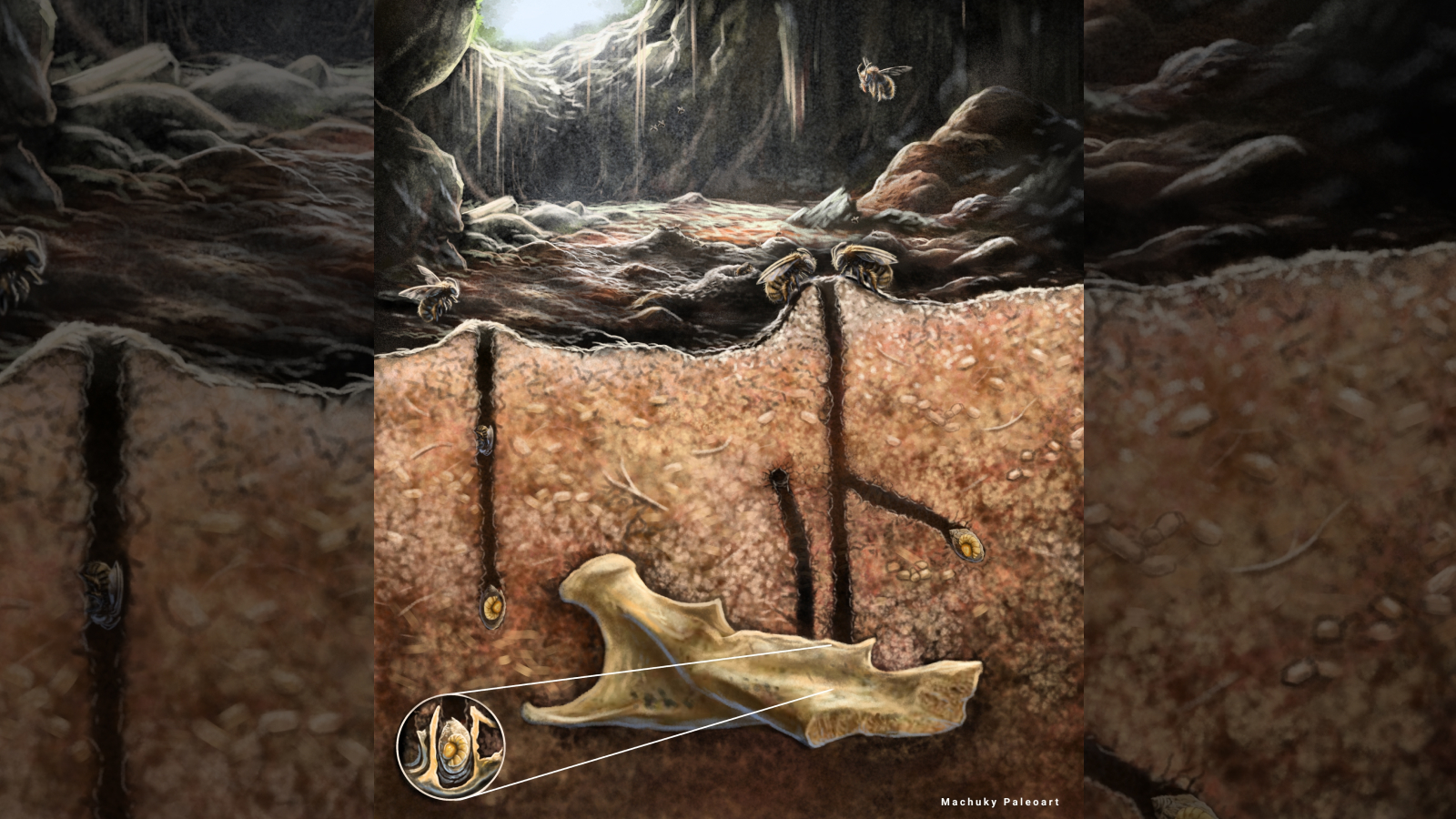Viral video captures fish tumbling from planes in Utah
FISH DROP: Thousands of fish were dropped from a plane into lakes near Bicknell, Utah July 6. The goal is to restock the lakes, which are only accessible by plane. The Utah Division of Wildlife Resources says, "survival of aerial-stocked fish is incredibly high." pic.twitter.com/7Q3RFPHLsEJuly 13, 2021
Last week, wildlife officials in Utah yeeted thousands of fish out of a plane and into 200 high-elevation lakes across the state.
The Utah Division of Wildlife Resources (DWR) has been dumping fish out of airplanes since 1956, Live Science previously reported. In a video that went viral this week, fish can be seen bursting from the underside of a plane, carried downwards in a plume of water; the shiny animals then careen through the air towards the water's surface. The most common species dropped during these flights are various species of trout, a hybrid trout known as splake (Salvelinus fontinalis) and Arctic grayling (Thymallus arcticus), according to Live Science.
Related: 5 surprising facts about lakes
Although this method of restocking lakes may seem violent for the young fish, because the creatures are only 1 to 3 inches (2.5 to 7.6 centimeters) long at the time of release, the wind actually carries them down quite gently — like leaves fluttering in a breeze, Phil Tuttle, the outreach manager for the southern region office of the Utah DWR, told Live Science in 2018. About 95% of the fish are expected to survive each release.
During a single flight, the plane carries hundreds of pounds of water and can drop up to 35,000 fish, Utah DWR officials wrote on Facebook. Pilots fly just above the tree line while dropping the fish, or as low as possible while considering other natural barriers like cliffs and mountains, Live Science previously reported. Before the Utah DWR began using planes, people and horses would carry the fish up to the remote mountain lakes on foot; this journey proved more stressful for fish than being tossed from a zooming plane.
If the Utah DWR didn't restock its high-elevation lakes each year, the popular fishing spots would soon be entirely depleted of fish. The fish used for restocking are raised in hatcheries, and most are bred to be sterile to prevent a sudden population boom and ensure they have a minimal impact on native wildlife species.
Originally published on Live Science.
Get the world’s most fascinating discoveries delivered straight to your inbox.

Nicoletta Lanese is the health channel editor at Live Science and was previously a news editor and staff writer at the site. She holds a graduate certificate in science communication from UC Santa Cruz and degrees in neuroscience and dance from the University of Florida. Her work has appeared in The Scientist, Science News, the Mercury News, Mongabay and Stanford Medicine Magazine, among other outlets. Based in NYC, she also remains heavily involved in dance and performs in local choreographers' work.


